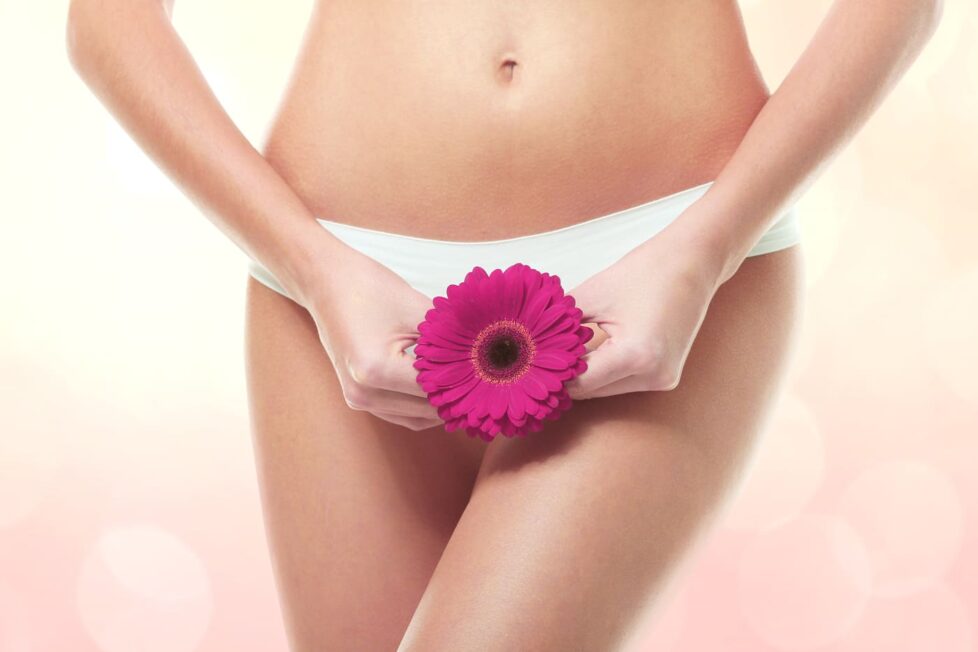Period Talk: Better alternatives than traditional pads
For those who menstruate, period products and traditional pads are an unavoidable, and costly, monthly expense.

For those who menstruate, period products and traditional pads are an unavoidable, and costly, monthly expense.

Traditional pads, and liners are the go-to period products these days, but if you’re concerned with thie costs or the chemicals hiding in some feminine products, you may have started second-guessing them. And thankfully, there are tons of other options that are more sustainable than your run-of-the-mill traditional pads.

Menstrual cups are small, flexible funnel-shaped cups made of rubber or silicone that you insert into your vagina. Menstrual cups come in two different sizes, small or large. The one you use depends upon factors such as age, length of your cervix, flow rate, the strength of your pelvic floor muscles, and if you’ve given birth vaginally.
Generally speaking, smaller menstrual cups are recommended for women under 30 who have not given birth vaginally. Many women choose this option insteard of traditional pads for its affordability, sustainability, and ease of use. With the right care, you may reuse menstrual cups from six months to ten years. These reusable feminine hygiene products are more than eco-friendly; menstrual cups may also save you more money over time.
One of the biggest downsides to menstrual cups is the hefty €25 to €40 upfront cost, but even with a few of the wrong purchases, though, you may still save money. Depending on how much you spend on traditional pads every month, you could break-even faster than you may expect—and if you buy a menstrual cup that lasts for several years, you could save hundreds of euros.
However there are some concerns to bear in mind. Although you may wear a menstrual cup for up to twelve hours—the product may be tough to insert or remove. Also, it may be messier than using a tampon or sanitary pad. Your body may not tolerate a menstrual cup, either—and it may cause vaginal irritation.
Menstrual discs are also an enormously effective traditional pads alternative and incredibly similar to menstrual cups. However, menstrual discs sit higher in the vaginal canal, right under the cervix, sometimes a little more challenging to insert and remove. Additionally, menstrual discs are usually disposable, not making them as eco-friendly or cost-effective as menstrual cups. Menstrual discs have been praised for their ability to handle heavy flows. They usually can stay inserted for up to 12 hours and allow for intercourse while on your period.
Period underwear, also known as period panties, is an excellent alternative to traditional pads. They are highly absorbent and just about leak-proof. However, it is essential to remember that period panties absorb blood. Eventually, bacteria will form, making it vital to change your underwear often to avoid any smell or even infection.
There is a discrete design to period underwear, making it easy to go out in public and wear regular clothes. In the long run, period panties are highly cost-effective as they last for 2-3 years on average, assuming they are taken care of and cleaned correctly.
Reusable cloth pads are another sustainable period product. These pads—which may come in more than one piece—work like disposable sanitary pads. The biggest differences are you may snap them into place—along with the ability to wash and reuse them. There are different sized reusable cloth pads—depending on your flow—and you should expect to change them every two to six hours. Some folks may even use them as back-up protection for tampons. These period products may be more breathable and flexible than traditional pads—but you still won’t be able to swim with them.
Although one of the biggest advantages may be the ability to save money over time, you may need to buy a bunch to get started—which could be costly. For example, one pack of three may not be enough to get you through your cycle and could cost almost €40. Another perk is skipping the waste of traditional pads. While they won’t last as long as one of the more durable menstrual cups—you will still prevent more period products from going into the landfill.
Menstrual sponges—a.k.a. sea sponges or sanitary sponges—are another eco-friendly alternative to traditional pads. You may reuse these products for six to twelve months—and they have become more popular among folks looking to cut back on waste. The problem is, menstrual sponges aren’t federally-regulated—or a top pick among medical professionals. In fact, some gynecologists urge those who menstruate to avoid them. Menstrual sponges may have unwanted particles—like yeast, mold, sand, and grit. These period products may also have bacteria that could cause toxic shock syndrome.
If you’re eager to find a more sustainable period product, there are much safer options to choose from. You may avoid waste with other products on this list—including menstrual cups, period underwear, or reusable cloth pads.
